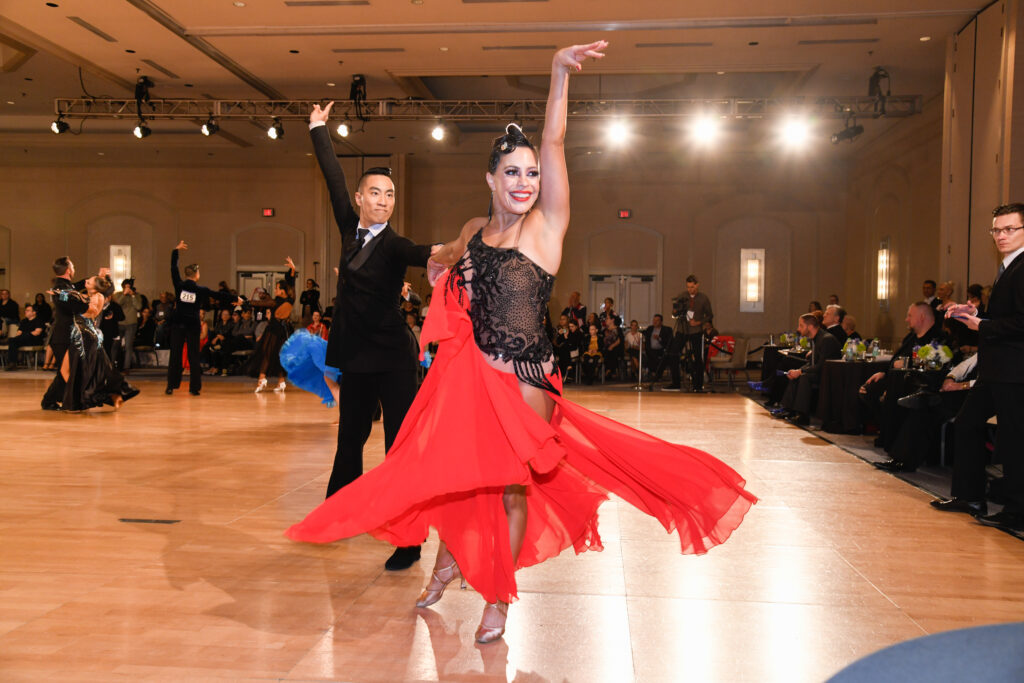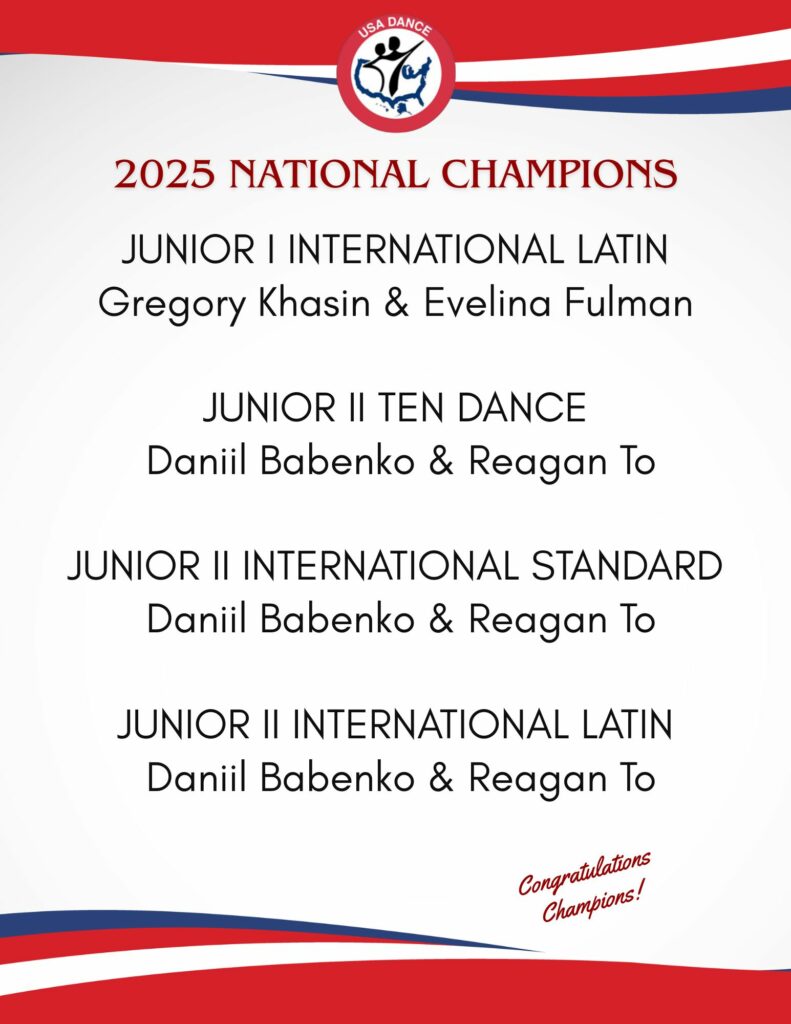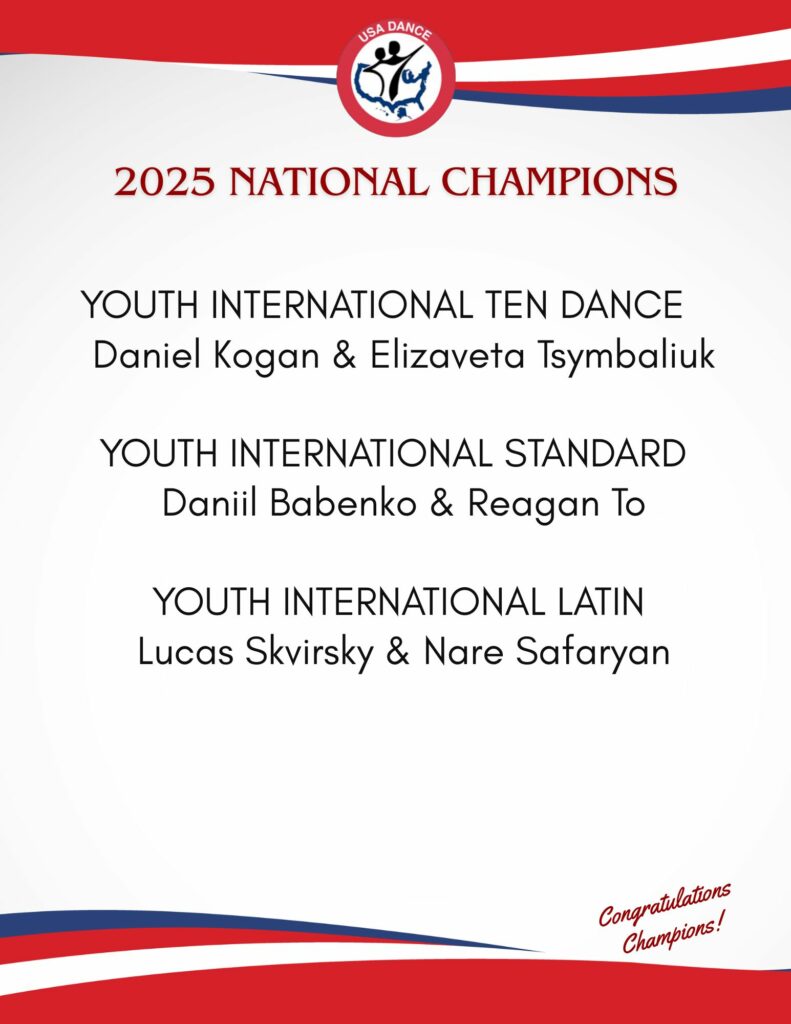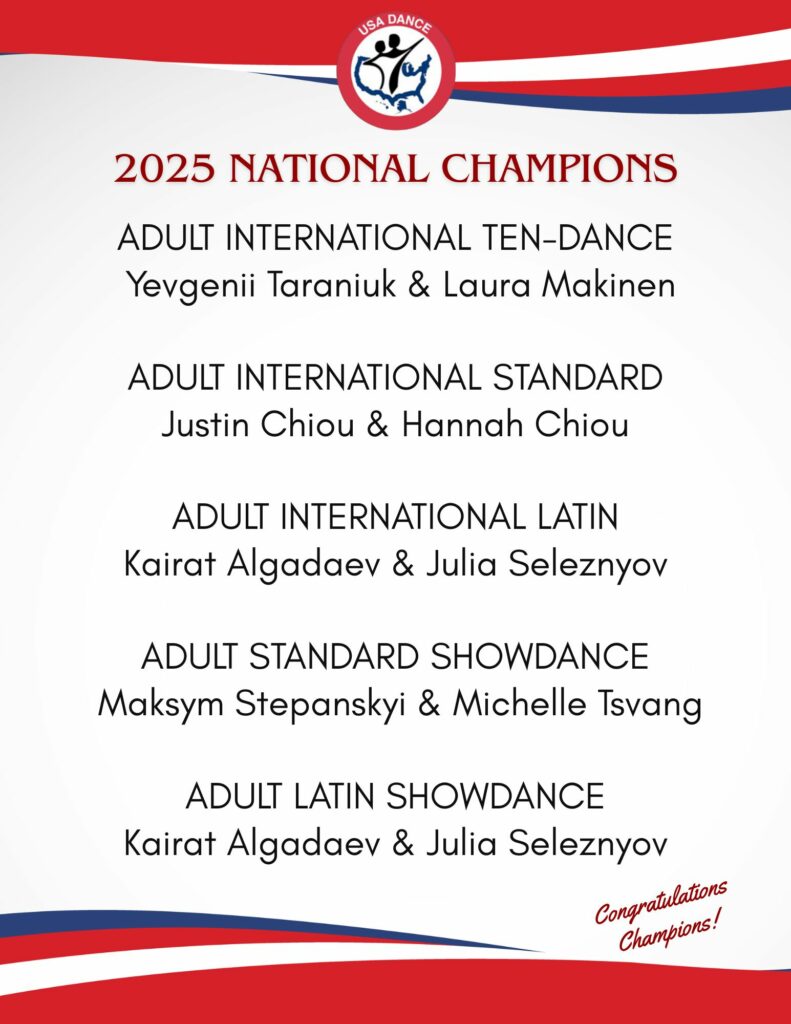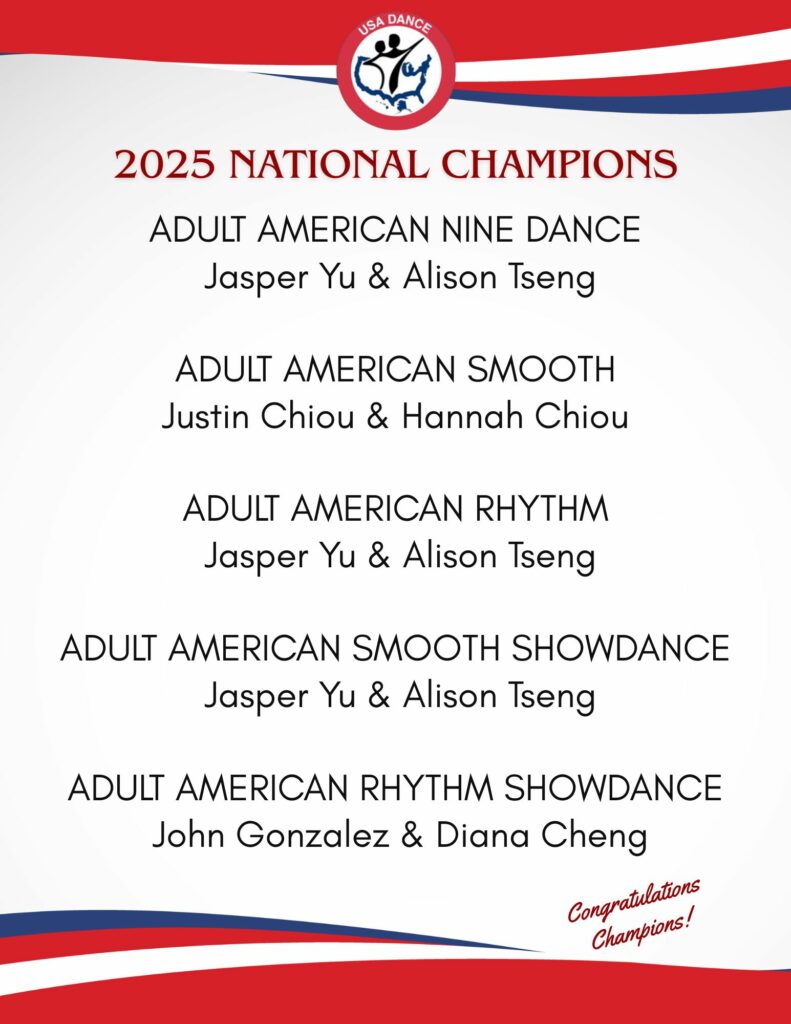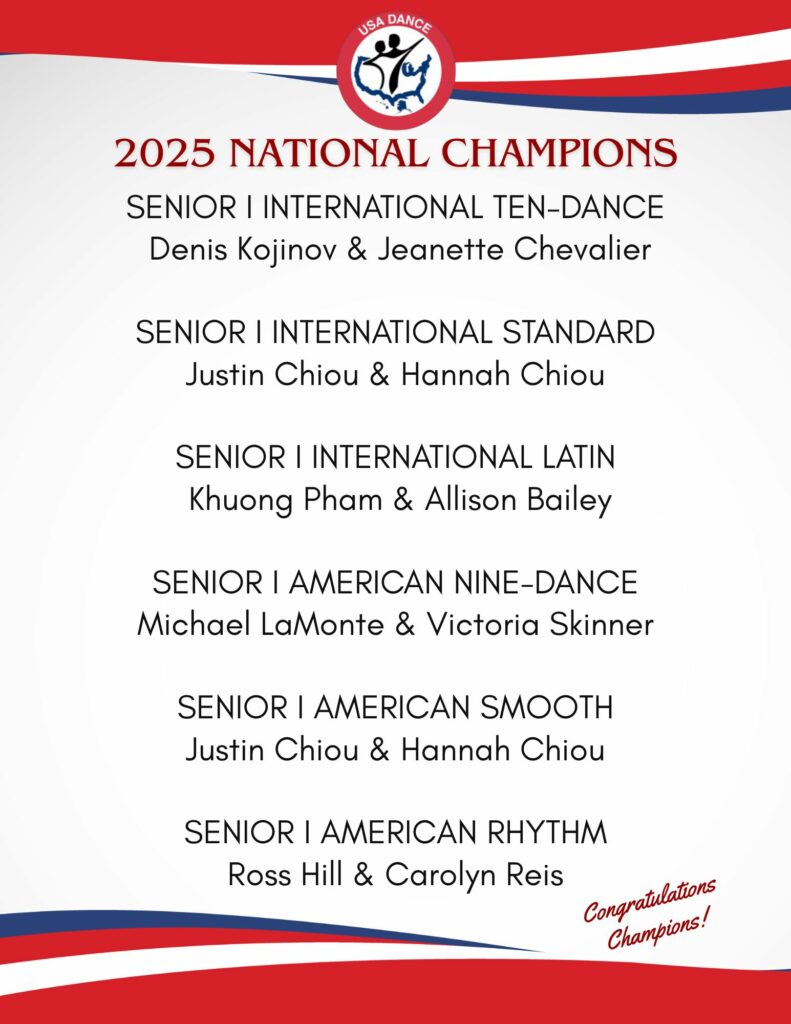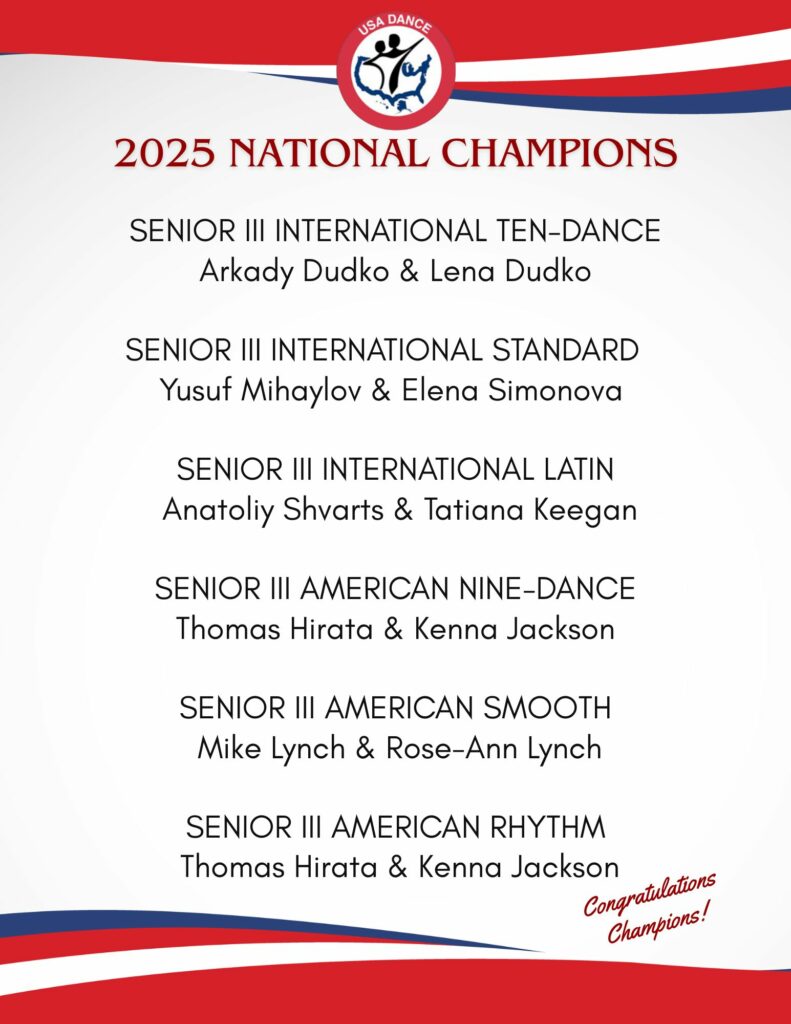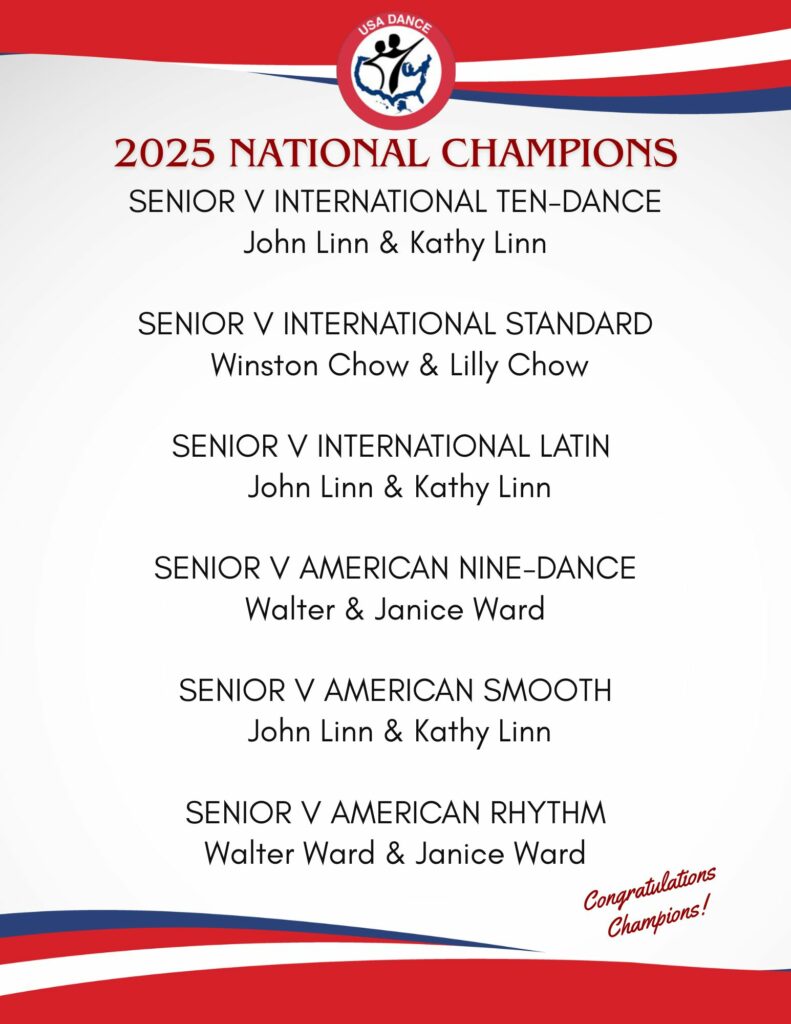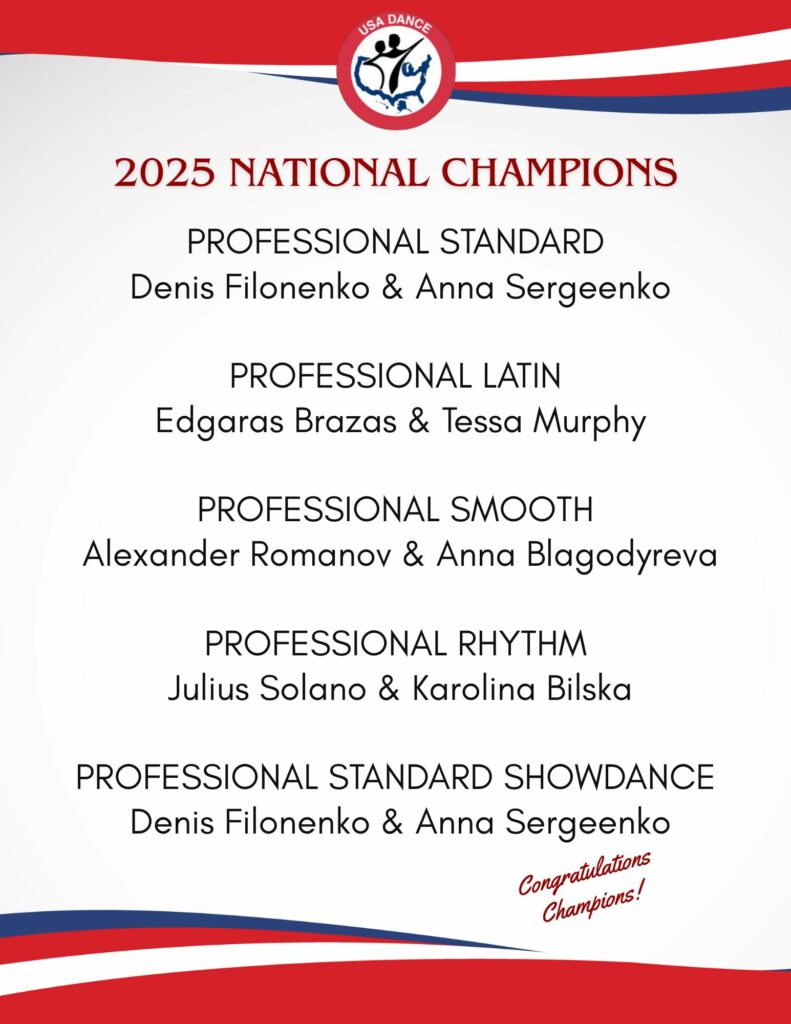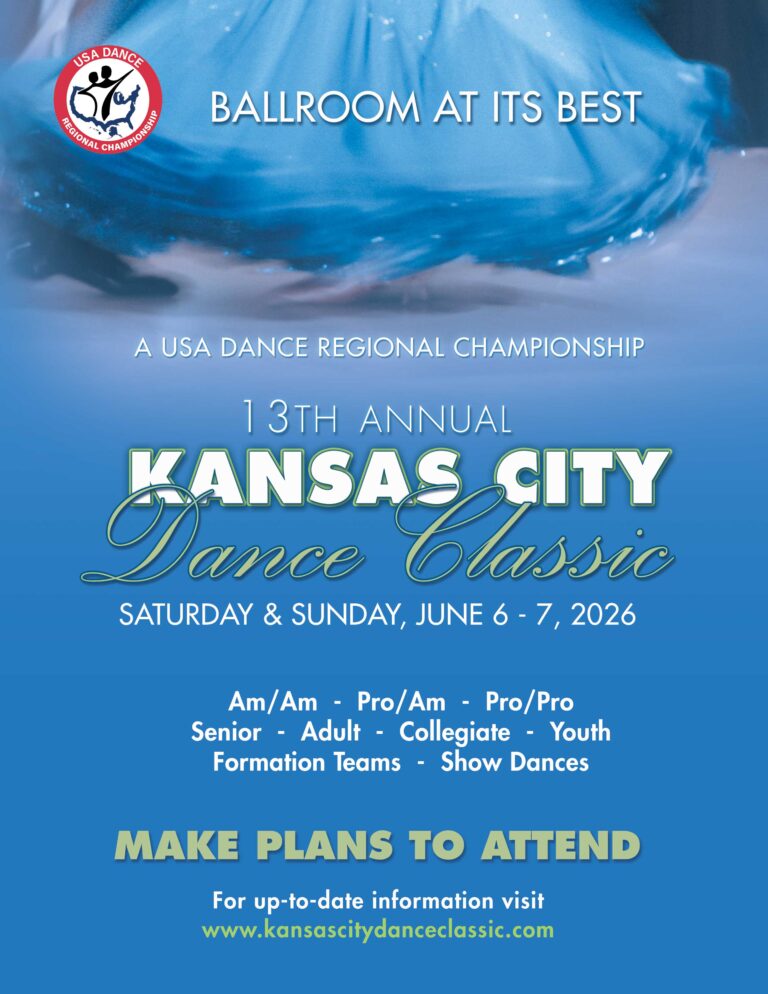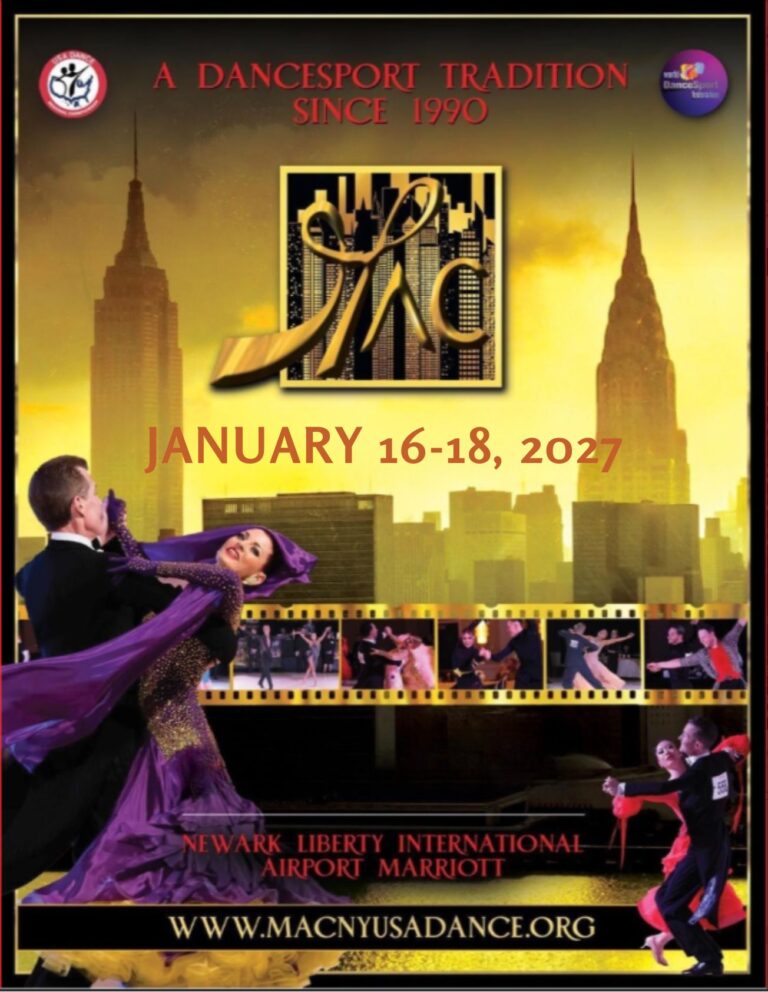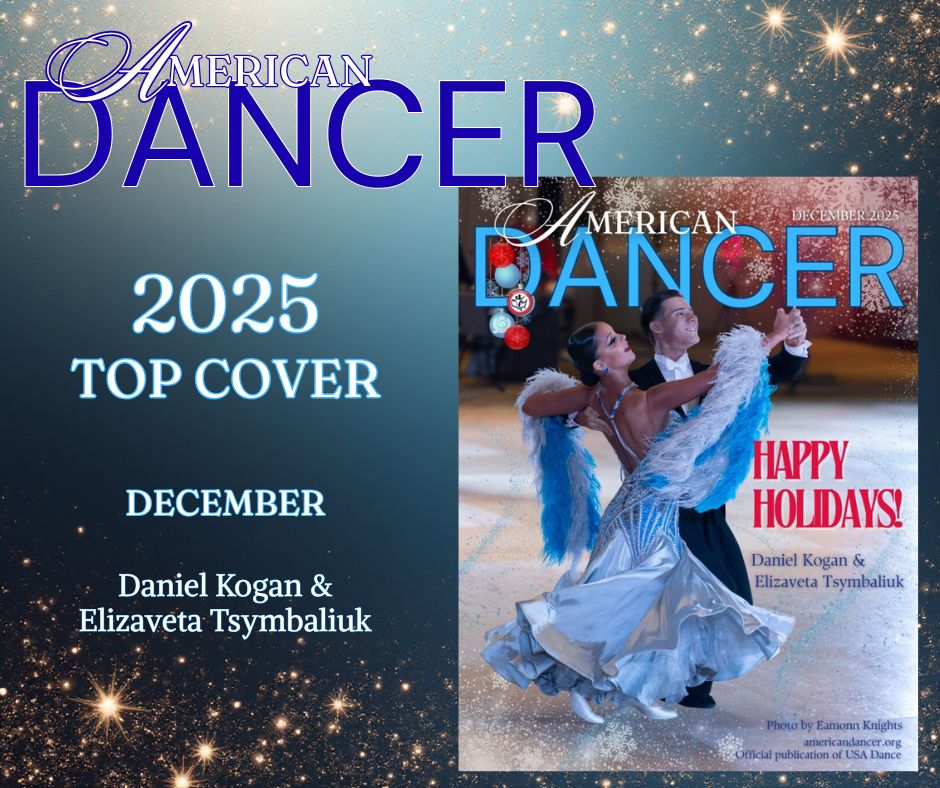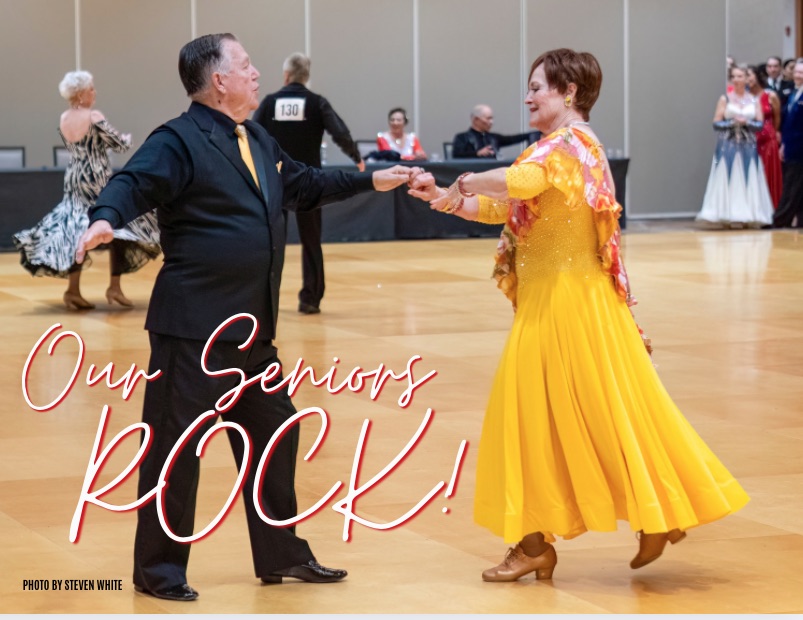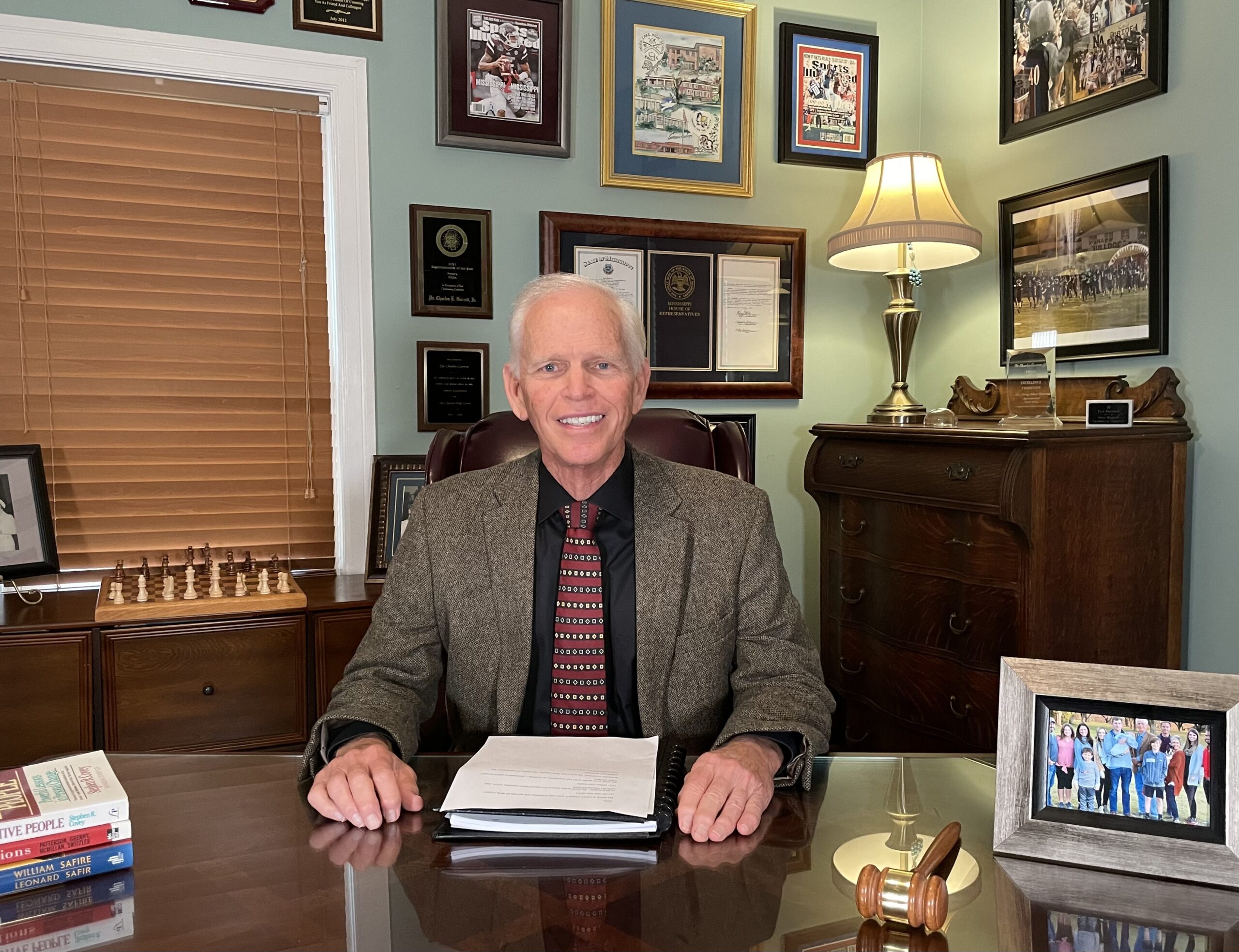What would you say if I told you that it was possible for someone to run 85 miles a day for twelve days, and to run faster on the back six days than the front six days? It would certainly make those Jive rounds a little easier, right? How about if I told you it was possible to change your mental state in 15 minutes or less from one of anxiety to one of peace and happiness and keep that state for the whole day?
My dance coaches frequently push me to take certain books to heart, not only because they help me with dance but also help me be a better person. Having the tools to learn at an optimal pace, maintain my partnerships, and have boundless energy has not only changed my dancing but radically shifted my career trajectory. Here’s a list of my top five favorites—I hope they’ll become yours, too.
The Book: How to Win Friends and Influence People by Dale Carnegie.
What you will learn: How to have better relationships with everyone you interact with.
Why you should read it: Ever lost a practice to a fight with your partner? Then you know why you should read this. As an added bonus, the approach should positively impact your interactions with all.
The Book: Awaken the Giant Within by Tony Robbins.
What you will learn: A lot.
Why you should read it: It is really hard to describe in a few sentences how much Tony Robbin’s approaches can help someone. Perhaps it is as simple as this: what if you could be given a set of tools that let you choose to be happy when you wanted to be? How much would that affect your practices? Your performances? Your life? If that sounds appealing, I’d give this book a try. Like most of the books on this list, Tony Robbins can be an acquired taste, so be prepared to read the book with an open mind and to learn the content, not the tone.
The Book: The Inner Game of Tennis by Timothy Gallwey.
What you will learn: How to learn and retain knowledge in your body at the optimal rate.
Why you should read it: I’m pretty sure everyone who has ever danced has at one point tried to control every muscle fiber in their bodies simultaneously. Then they saw the footage of what that looked like, as well as their funeral-director face trying to do that much mental work. There’s a better approach to learning how to dance and how to maximize your athletic performance, and this book will explain it to you.
The Book: Slow Burn by Stu Mittleman and Katherine Callan.
What you will learn: How to train and feed your body in order to maximize athletic endurance.
Why you should read it: Stu Mittleman is the ultramarathon runner I described at the start of this article. He has successfully trained others in his approach, so the process is replicable. I suggest reading the book with an open-but-skeptical mind. Much of the food stuff (eat your veggies!) will make sense to readers and is strongly recommended, but I don’t advocate adopting any part of the approach that strains traditional scientific or medical advice.
The Book: The Egoscue Method of Health Through Motion (your book of choice) by Pete Egoscue.
What you will learn: How to keep your body in alignment so that you can keep dancing at a high level until past the age of retirement.
Why you should read it: Intuitively if your body is out of alignment, you’ll put repetitive stress upon it. Repetitive stress causes pain and injury, which tend to cause dancers to stop dancing. I find Pete to be a super egotistical writer who oversells what is possible, but every dancer that has seen the “Egoscue” specialist in my area (author included) has become a repeat visitor with significantly less pain. The concepts are common sense and effective, so I highly recommend readers give the book a try.

